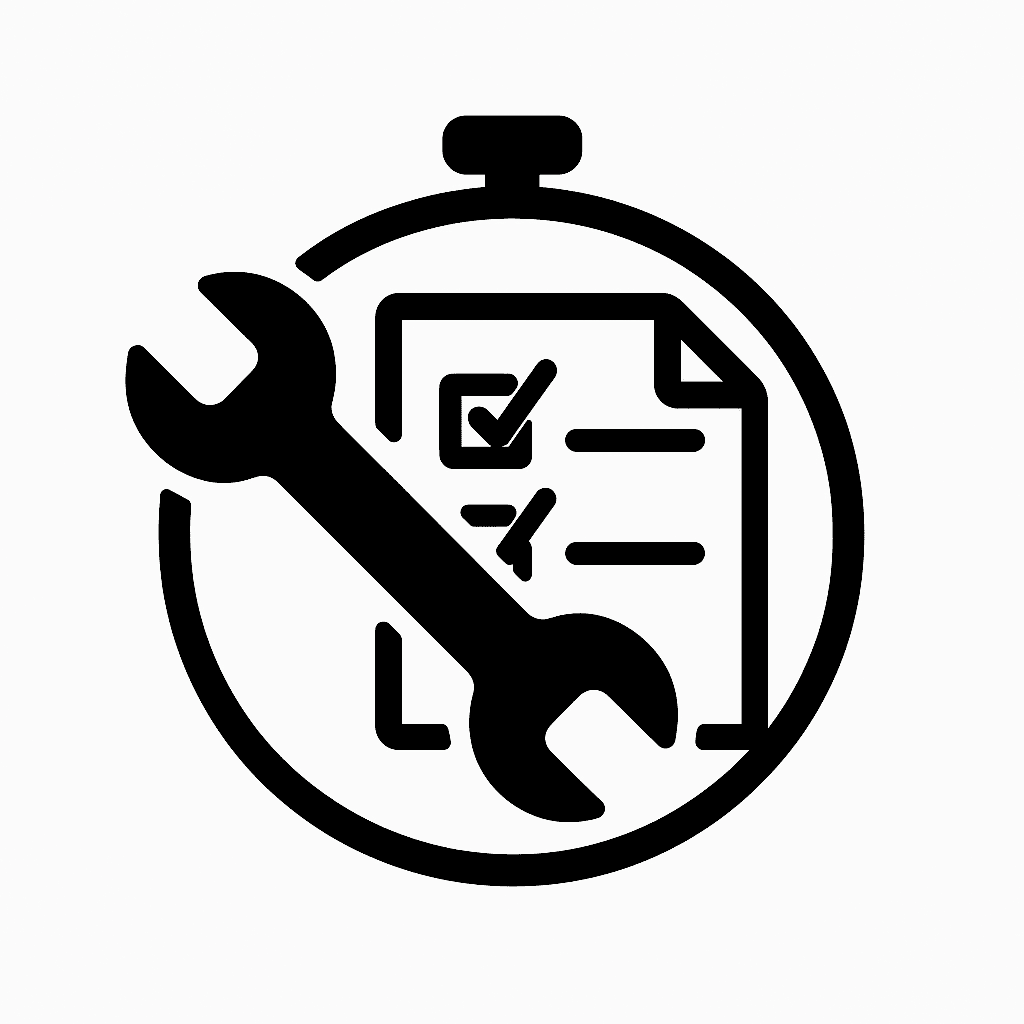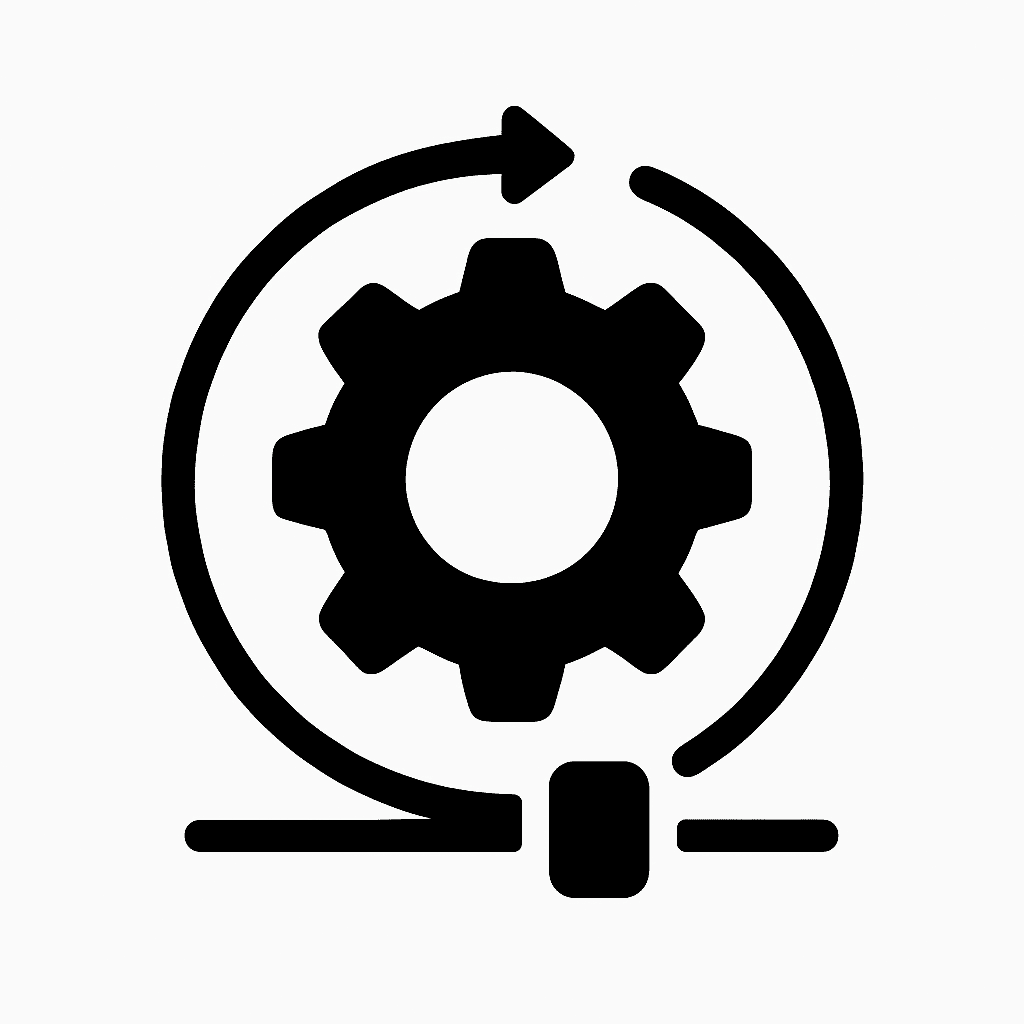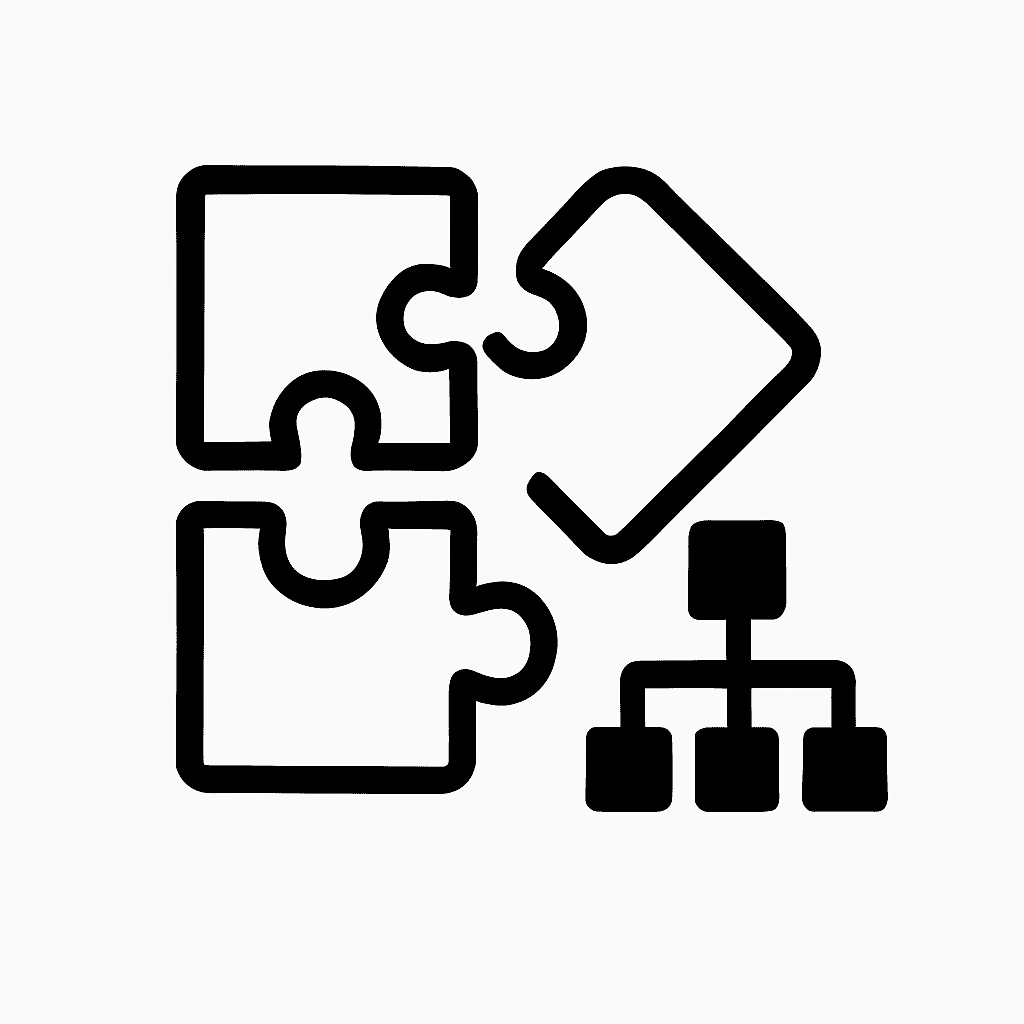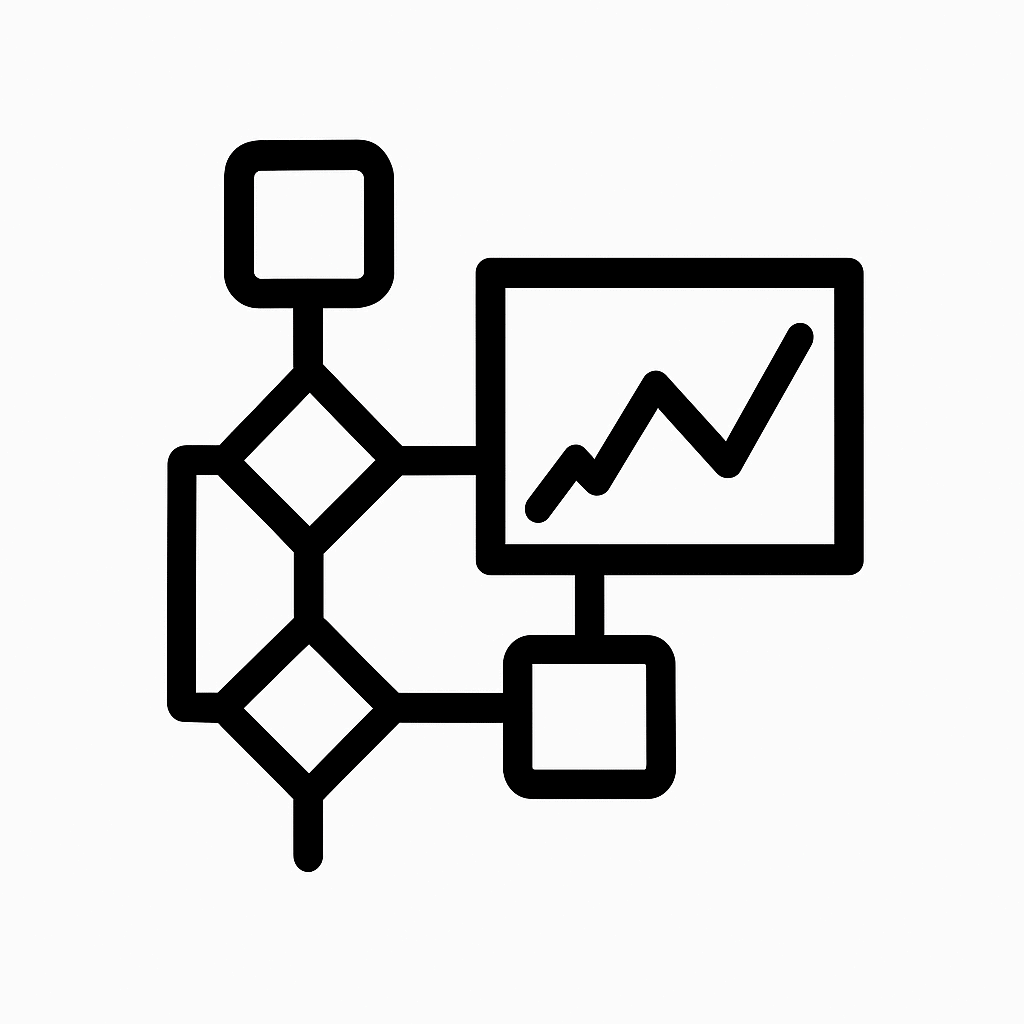A while back, a highly strategic business owner was trying to get his store managers to collaborate and share operational and team performance insights. But, instead, they’d claim that their store is somehow uniquely unique in ways that the other managers couldn’t possibly understand.
Which is, of course, nonsense.
The President just knew that if they made that change, they would all benefit and so would the business! And the team.
He said: “I’ve tried everything, but nothing sticks. It starts off good but in a month or two, they are back to old patterns”
Any initial change he saw fell apart.
Then came the kicker:
“Is it just me? Or is there something wrong with how I’m approaching this?”
It wasn’t the President, he’s as smart as the dickens. It wasn’t the people; they were hardworking and motivated. The real reason was a mismatch in strategy level—and it’s more common than you’d think.
Strategy levels? Yes, strategy levels. Understanding them is a game-changer.
Let’s explore what strategy levels are, why they matter, and how leaders can use them to improve not only business outcomes but also team engagement and energy.
All the stories here are hypothetical composites—rooted in real patterns and dynamics we’ve seen repeatedly, but altered for confidentiality. The themes? Absolutely true. The people? Fictionalized to protect their trust.
What Are Strategy Levels?
Strategy levels describe the evolution of thinking behind how work gets done. It’s not about how smart someone is—or their IQ. It’s about the structure and time horizon of the necessary solution to a problem. And we each have an affinity for certain levels.
Why understanding this matters.
When you apply low-complexity thinking to high-complexity problems, you get friction, frustration, and diminishing returns. Decisions go where they belong. Strategy levels help you diagnose that mismatch—and then fix it with a finely tuned prescription.
Each level builds on the last, expanding the time horizon, decision scope, and logical structure. Here are some illustrative examples to help it all land.
Level 1: Tactical Execution Strategy

Time Horizon: 0–3 months
Nickname: “Just Get It Done”
Think Like: A checklist warrior. React. Respond. Move fast.
Hypothetical Story:
Imagine a small tech startup. New hires are onboarded informally—maybe a Slack ping, maybe a shared doc, and a “shout if you need anything.” When things fall through the cracks, it’s blamed on individual forgetfulness. We’ve all seen this.
That’s Level 1.
Good for speed. Bad for consistency. People carry the process in their heads, which is fine… until it’s not. Then it’s not fine.
Common Pitfalls:
If Level 1 is overused, you generate burnout, dropped balls, and a sense that no one knows what’s going on. High-performers get tired of holding it all together, and the wrong kind of turnover goes up.
How do you overcome the pitfalls? Level up!
Level 2: Process Optimization Strategy

Time Horizon: 3–12 months
Nickname: “Let’s Clean This Up”
Think Like: A process engineer. Identify friction. Streamline flow.
Hypothetical Story:
Let’s say a company is losing job candidates. Interviews are happening, but updates are slow, and feedback is inconsistent. A new hiring coordinator steps in and implements a structured process: clear templates, automated scheduling, and weekly team check-ins. Stuff starts moving forward faster and more consistently.
That’s Level 2.
With Level 2 methods, you get repeatability. It creates stability. The team can breathe again.
Common Pitfalls:
When every solution is yet another tweak to an existing process, you might be missing opportunities for bigger gains. This level is about efficiency—but it can’t solve alignment problems. If you find yourself moving rapidly and efficiently in a questionable direction, that’s generating the wrong results, it’s time to level up.
Level 3: System Building Strategy

Time Horizon: 1–2 years
Nickname: “Let’s Make This Cohesive”
Think Like: A systems architect. Connect the dots. Create flow between silos.
Hypothetical Story:
A mid-sized nonprofit realizes that its program teams, fundraising staff, and HR all onboard new hires in totally different ways. A cross-functional group co-designs a unified onboarding experience, integrating values, mission, and long-term development goals. Flexibility is allowed for departmental uniqueness while optimizing for the needs of the overall organization.
That’s Level 3.
It’s not just more efficient. It’s more human. It reflects intentional culture-building and operational effectiveness through system design. Human nature isn’t what we wish it were, so we should design accordingly. When we have a Level 3 system, things fit the context. They are designed just right for right now.
Why It Works:
With Level 3 practices, people experience momentum-building consistency rather than fragmented jolts of confusion. The team knows who, when, how, and in what order. No guessing necessary. Team members feel like they belong faster, and inter-team collaboration smooths out over time.
Common Pitfalls:
But what happens when the environment changes and starts to break the systems we built? It’s time to level up. If things were optimized for conditions that are no longer true, then you need more flexible, self-healing systems. Systems that work well in today’s context and can evolve for the future.
For that, you level up.
Level 4: Strategic Management Strategy

Time Horizon: 2–5 years
Nickname: “Let’s Align With the Future”
Think Like: An executive strategist. Balance trade-offs. Model future scenarios. Create self-healing systems.
Hypothetical Story:
An engineering firm’s pay structure is out of whack—some legacy hires are overpaid, new hires are under-leveled, and managers are stuck negotiating raises ad hoc. Leadership decides to build a compensation strategy that aligns with business goals, talent development, and merit. This includes role architecture, market benchmarking, and performance linkages.
That’s Level 4. All those variables are getting aligned. Now, comp decisions reinforce strategy and high performance instead of creating unintentional internal tension.
Outcome:
Higher retention. Compensation supports strategy. Fewer awkward comp conversations. And leaders can finally focus on leading.
Common Pitfalls:
Over time, multiple Level 4 systems can develop inconsistencies between them. Maybe they need rejigging to new conditions, or maybe it’s time for a coherent purpose on which to anchor. If that’s the case, it’s time to Level Up.
Level 5: Business Transformation Strategy
Time Horizon: 5–10 years
Nickname: “Let’s Change the Game”
Think Like: A visionary. Redefine value. Rebuild the system on an upgraded framework.
Hypothetical Story:
A founder who started a consulting practice realizes their secret sauce isn’t just their service—it’s the framework they developed along the way. Instead of scaling people, they shift to licensing the framework, offering tools and community for others to replicate success. A clear orientation to anchor their people and operational systems to.
That’s Level 5.
It’s nonlinear. Risky, and a longer time horizon, but transformative. It redefines the business model, the brand, and the legacy.
Why It’s Rare:
It requires letting go of “how we’ve always done it.” It also means letting go of how “everyone else always does it.” When done well, it creates new energy, new markets, and new momentum. We’ve seen this in Netflix, SpaceX, Tesla, Apple—the disrupters.
Are there higher levels? Yes. But they are rare and have an impact over longer periods of time (10+ years). Think of Elon Musk, Jeff Bezos, Steve Jobs, etc. They didn’t just create a new product and new way of doing things, they changed the infrastructure and generated a portfolio of ventures.
Why Strategy Levels Matter for Growth and Engagement
When we encounter a company stuck in stagnation, burnout, or “meh” team dynamics, it’s because the business is operating at one level while its complexity demands another.
- Trying to scale with Level 1 thinking? You’ll burn out your best people.
- Optimizing everything (Level 2) but nothing’s aligned? You need to shift to Level 3.
- Have strong systems but weak buy-in? Your team may need to be part of crafting the Level 4 strategy.
Knowing your current strategy level is about clarity of intent and purposeful organizational design optimized for your vision and mission. While upleveling isn’t always the answer, it is more often than you think.
As noted, the levels continue from here but are only rarely needed or implemented. If you’d like to learn more about these levels, reach out.
How to Apply Strategy Levels to Unleash People Energy®
At Performentor, we believe every business is a people energy conversion engine. Strategy levels tell you where energy is leaking—and how to plug the gaps.
Here’s how to put it into practice:
1. Pick One Area of Focus
Could be hiring, onboarding, compensation, meeting rhythm, client delivery. Start small.
2. Assess the Current Strategy Level
Use time horizon, logic structure, decision scope, and organizational complexity as your lens. A properly trained AI agent can help.
3. Find the Bottleneck
What’s slow? What’s inconsistent? What’s draining people?
4. Ask: What Would the Next Level Look Like?
Don’t aim for the top. Aim for one level up. That’s how you build momentum without overwhelming your team.
5. Coauthor the Upgrade
People support what they help build. Bring team members into the design process.
6. Rinse and Repeat
Treat this as a habit, not a one-time fix. Consistent, purposeful growth comes from continuous upleveling.
Want to Go Deeper? Here’s Your Next Step…
If this blog opened your eyes to how strategy levels can transform your business, you’ll love what’s coming next.
We’re getting ready to share a tool that goes hand-in-hand with this framework: The Trust Algorithm.
This model helps you understand how to apply the right strategy level in the right place at the right time—by aligning three key levers:
- Accountability – Who owns the outcome?
- Authority – What decision-making power do they have?
- Capability – Do they have the skills and resources to deliver?
When these three are in sync, trust flows. When they’re out of whack, even the best strategy levels won’t stick.
Want a head start on the process? Stay tuned. This is the next book. More to come.
Curious about what level your current systems are operating at? Want help identifying the smallest next step that would unlock the most growth?
We’d love to show you.
Let’s get your strategy levels—and your people energy—working for your purpose. For your mission. For your people and yourself.
Let’s get it.
